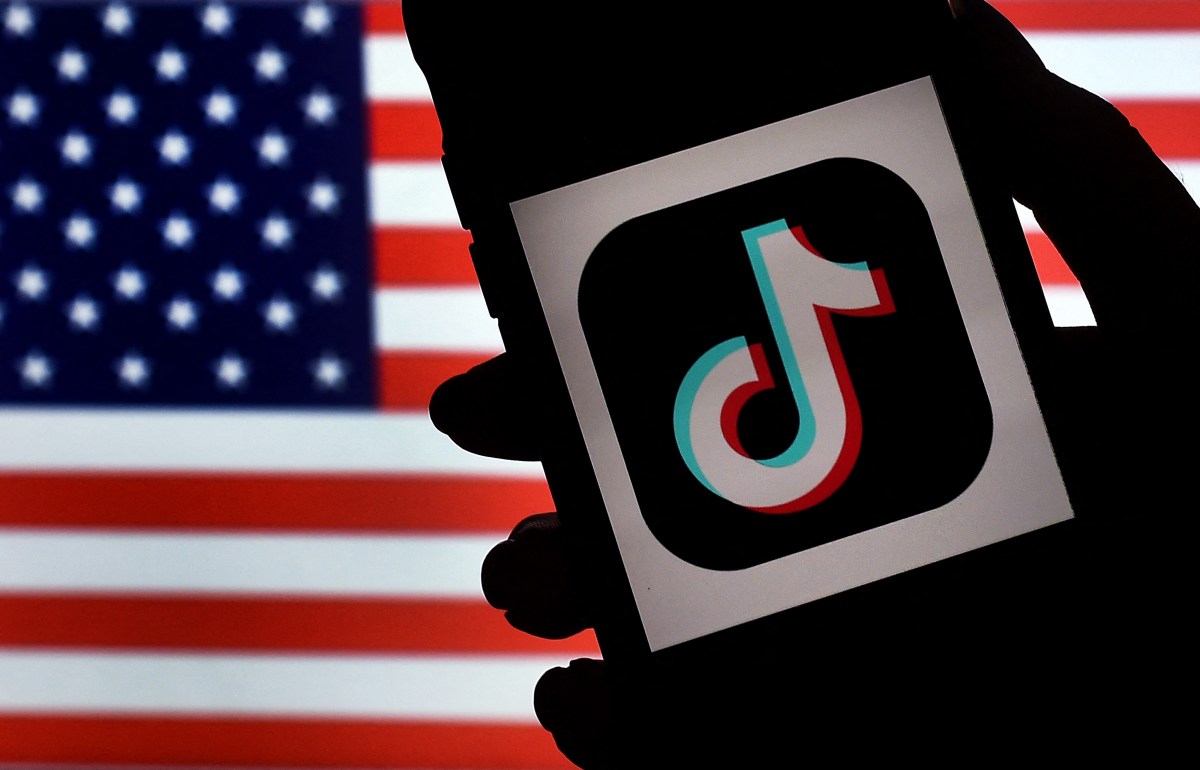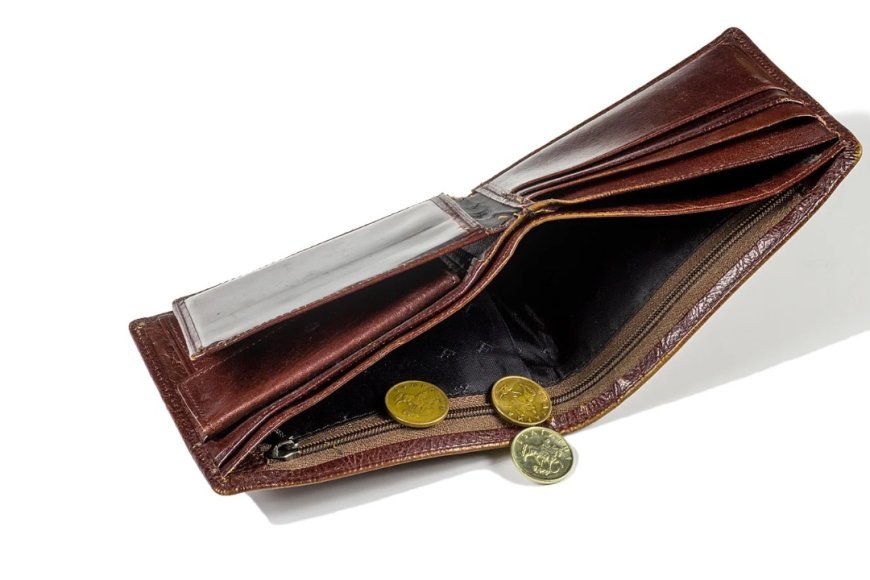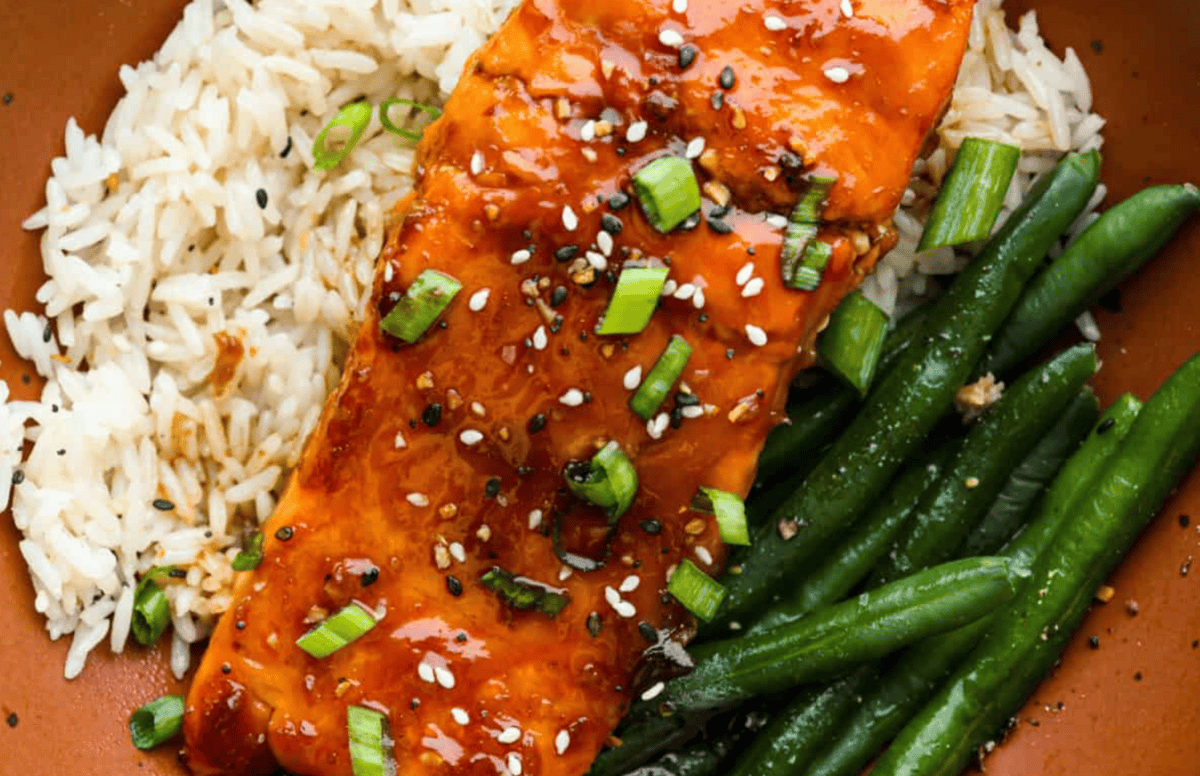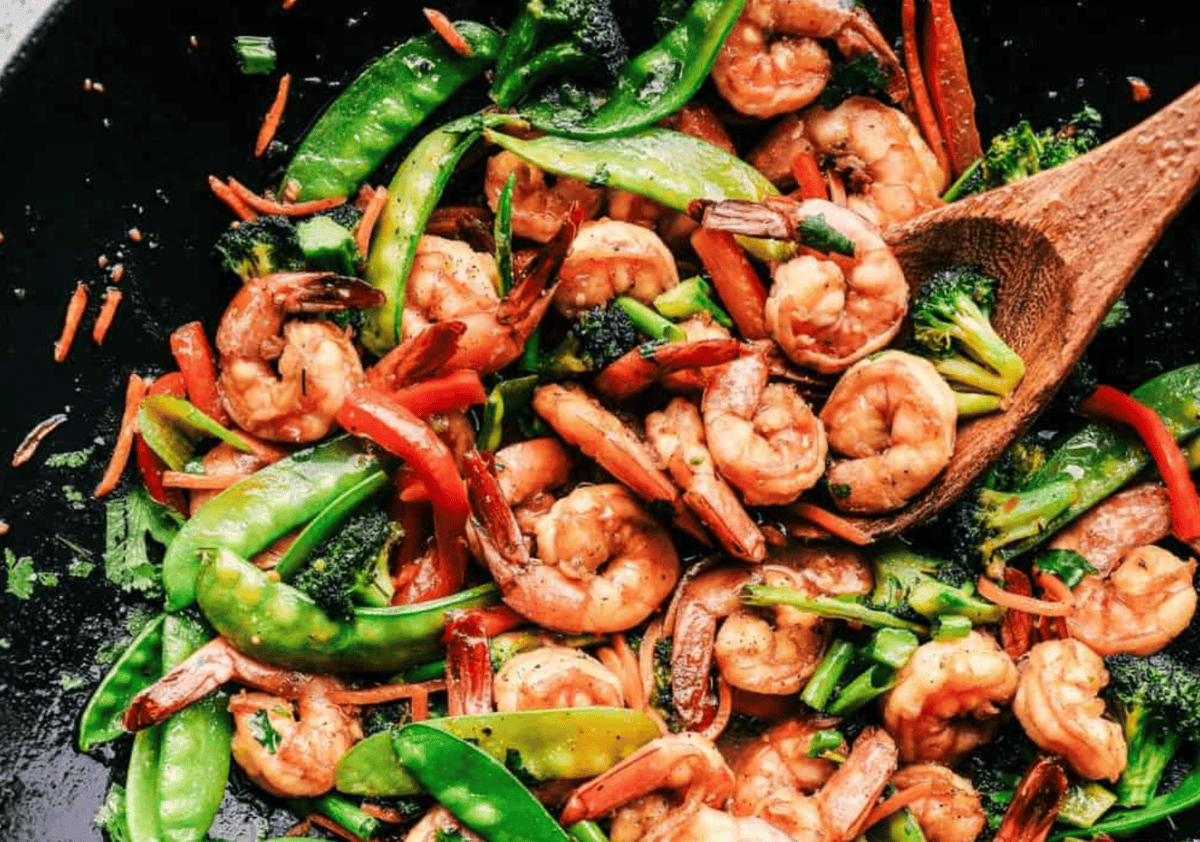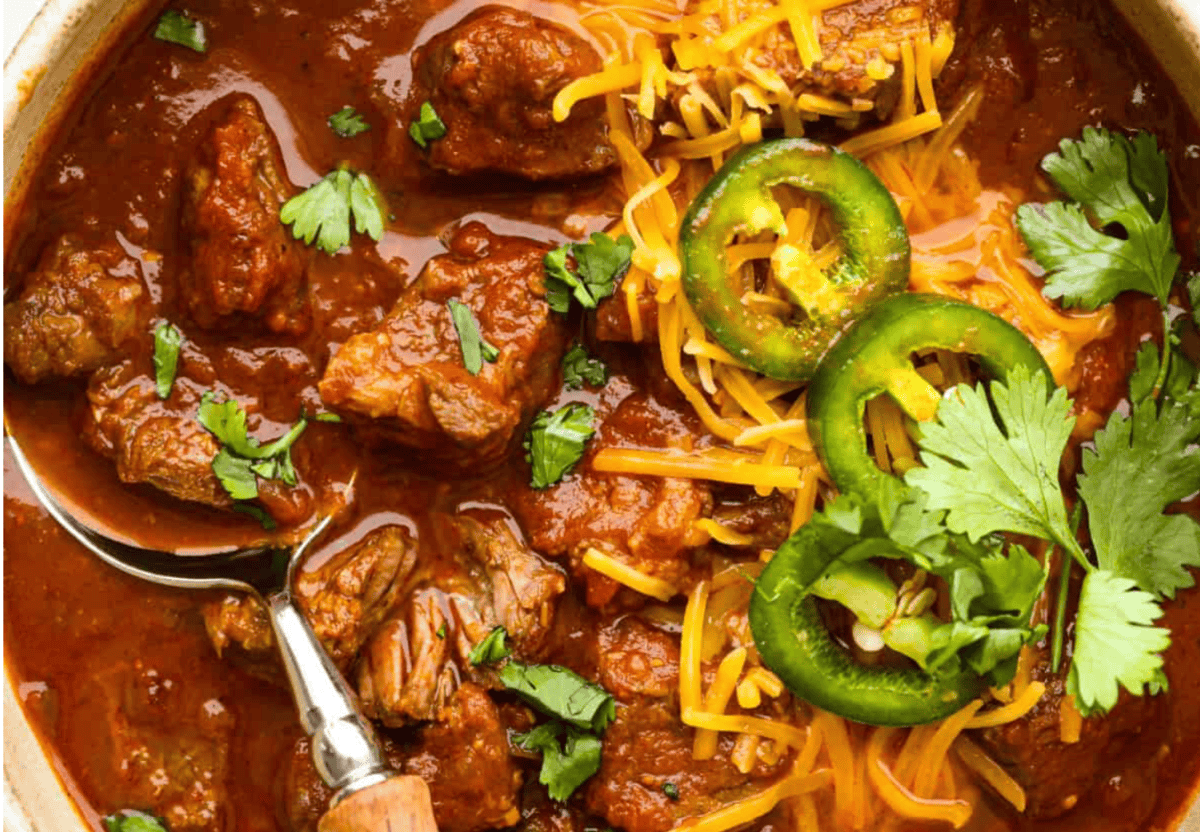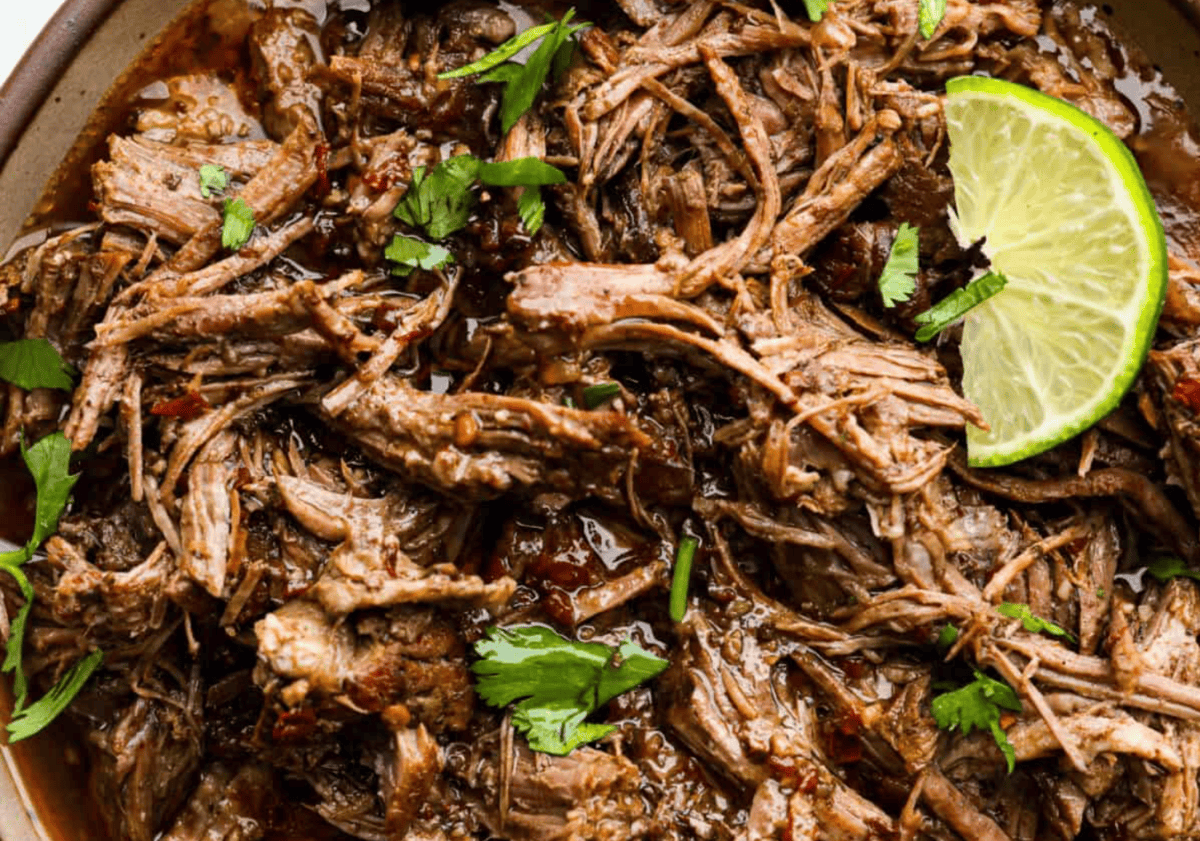Coca-Cola With Cane Sugar Is a Marketing Ploy, Not a Health Move

We may earn a commission from links on this page.
Coca-Cola will add a sugar-sweetened Coke to its product lineup, but it’s not going to be nutritionally different from regular Coke—at least not in any way that matters. The difference between sugar and corn syrup has been a hyperfixation of wellness influencers for decades, but the Secretary of Health and Human Services is now posting about how a burger joint offering sugar-laden Coke is part of the plan to make America “healthy” again.
The regular version of Coca-Cola is made with high-fructose corn syrup, which has gotten a (mostly undeserved) bad rap. Orthorexia is now basically a right-wing political position, to the point where there is a whole conservative market sector that wants to drink "correct" soda alongside their "correct" fries. (Those would be fried in beef tallow, which is a whole 'nother story. If you want the flavor of beef tallow fries without sitting next to a bunch of MAGA guys at a Steak n Shake, try Claire Lower's recipe to make them at home.)
The difference between sugar and high-fructose corn syrup
If sugar is going back into Coke, what was in it before? High-fructose corn syrup, which is nearly identical to sugar (I’ll get into the differences in one sec, I promise) and which has become a sort of boogeyman of people who like to talk about healthy and unhealthy food.
Look, it’s true that we shouldn’t eat too much high-fructose corn syrup (HFCS), and that foods that have it tend to be ultra-processed. You can easily draw a correlation between consuming a lot of HFCS and being at higher risk for health outcomes. But you can also draw that same correlation with regular plain old table sugar. Some sodas use sugar as their sweetener, while others use HFCS. The main difference is that HFCS is cheaper, so if you’re a corporate giant like Coke or Pepsi, you’re going to default to the cheaper thing unless you have a specific reason not to.
So, here’s the difference. Table sugar is chemically known as sucrose. Each molecule of sucrose has two halves: glucose and fructose, chemically bound to one another. These are all naturally occurring sugars that we find across the living world, and in our diet they mostly come from plants. (The word fructose literally means “fruit sugar.”)
Corn syrup is made from breaking down the starch in corn, which produces glucose. So a regular (non-high-fructose) corn syrup has 100% of its sugar in the form of glucose. Glucose doesn’t taste as sweet as fructose, so it’s not going to work as a soda sweetener on its own. But you can add an enzyme that converts some of the glucose to fructose. If you do your numbers right, you can get the result to be roughly half glucose and half fructose, which means it will taste like sugar.
The version of HFCS used in soft drinks is 55% fructose, compared to table sugar which is 50% fructose. So while it’s “high-fructose” compared to regular corn syrup, which has no fructose, it’s not actually that high in fructose compared to sugar.
Why the health difference between HFCS and sugar is either tiny or nonexistent
So, sugar isn’t great for you. I think we can all agree on that. I have a breakdown of the science here—basically, sugar is not poison, but it is empty calories and eating too much of it crowds out the foods that provide protein, fiber, vitamins, and other nutrients that a healthy diet needs.
There’s plenty of research on the health effects of what are often abbreviated as “SSBs”—sugar-sweetened beverages. Ironically for this discussion, most of those are sweetened with HFCS. They’re grouped together in the research because they’re basically the same damn thing.
There are people who will try to tell you that fructose is terrible for us, or that fructose is the reason sugar is bad, but see above about sugar not actually being poison. If you’re afraid of fructose, “high-fructose corn syrup” sounds scary. But, as we previously established, it’s not actually much higher in fructose than regular sugar.
(By the way, agave nectar? It’s about 80% fructose. It’s gotten a health halo for having a low glycemic index, but that’s just because it’s low in glucose. And it’s low in glucose because it’s high in fructose. So if you’re avoiding HFCS because of the fructose, you really shouldn’t be subbing in agave nectar if you want to stay ideologically consistent.)
Anyway, when pressed, people who say sugar is better for you than HFCS will point out that it is higher in fructose. OK, that’s true—the sugars are 55% fructose in HFCS-55, roughly 50% in sucrose. But even if fructose is slightly worse for your health than glucose, how much sugar are you eating that the 5% difference between the two sweeteners is making or breaking health outcomes?
The World Health Organization recommends people eat 5% or fewer of their calories in the form of “free” sugars (similar to added sugars). That's 100 calories, if you're a person who eats 2,000 a day. The U.S. guidelines are a little less ambitious, suggesting we stay under 5% to 10%, or about 100 to 200 calories/day. That’s 25 to 50 grams of added sugar per day. A single 16.9-ounce bottle of Coke breaks that limit, but just barely (55 grams of sugar), whether it’s made with sugar or HFCS.
So let’s say you stay under that limit. If you’re drinking Coke with HFCS, 30.25 grams of those sugars are from fructose. If you’re drinking Coke made with cane sugar, you’re getting 27.5 grams of fructose. That’s a difference of less than three grams. You think some kind of health outcome hinges on whether those three grams of sugar are one type of sugar versus another?
What if you routinely have more than one Coke a day? Let’s say you have 10. Then you’re getting 27.5 extra grams of fructose (and 27.5 fewer of glucose) compared to drinking sugar-sweetened Cokes. In this case, you do have a problem, and the problem is that you are drinking ten Cokes a day. That’s 550 grams of sugar per day, or 2,200 calories worth, which is basically an entire day’s calories for a small-to-average sized person.
The real reason why Coke is doing this
Nobody cares about those 3 (or 30) grams of sugar. When Coca-Cola announced its plans to add a sugar-sweetened Coke to the lineup, it didn’t say that its executives were worried about customers’ health, or anything like that. Rather, Coca-Cola heard that people would pay money for a version of Coke that loudly announced it was sugar-sweetened, and it wants that money!
Specifically, the company said: “As part of its ongoing innovation agenda, this fall in the United States, the company plans to launch an offering made with U.S. cane sugar to expand its Trademark Coca-Cola product range. This addition is designed to complement the company’s strong core portfolio and offer more choices across occasions and preferences.”
Coca-Cola’s CEO put it even more plainly in an earnings call, according to reporting from the Washington Post: “We are definitely looking to use the whole toolbox, the whole toolkit of available sweetening options to some extent where there are consumer preferences.”
So Coke is not changing its regular formula; it’s just introducing a new variation. You already have Diet Coke (sweetened with aspartame), Coke Zero (sweetened with aspartame plus acesulfame potassium), Coca-Cola Classic (the HFCS one), and a new offering, yet unnamed, that will be sweetened with cane sugar.
This fits right in with Coke’s interest in providing whatever it thinks people will buy. There is no earthly reason to offer Diet Coke and Coke Zero, but the two drinks have slightly different branding and people say they taste slightly different, so by golly Coke will sell them both for as long as it seems like a good business decision. Just like it sold Tab (the original diet cola made by Coke) alongside Diet Coke all the way up to 2020.
The punchline to all this is that Coke has already been selling a sugar-sweetened version of Coke all along. In some markets, you’ll see yellow bottlecaps on Coca-Cola bottles in the spring. That’s kosher-for-Passover Coke, made with sugar instead of corn syrup since corn is a grain. Year-round, you can also find Mexican Coke, imported in glass bottles, which is also made with sugar rather than corn syrup. People say the sugar Cokes taste different from standard. I’ve tasted both and cannot detect a difference.
Which brings us back to RFK, Jr’s proud announcement that Steak 'n Shake (a health food establishment, right?) will be serving sugar-sweetened Coke in glass bottles just over a week from now. I’d bet money it's not waiting for Coca-Cola to introduce its new product, and are just planning to serve Mexican Coke.
What's Your Reaction?
 Like
0
Like
0
 Dislike
0
Dislike
0
 Love
0
Love
0
 Funny
0
Funny
0
 Angry
0
Angry
0
 Sad
0
Sad
0
 Wow
0
Wow
0



